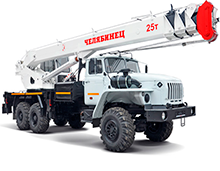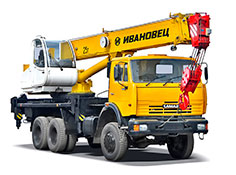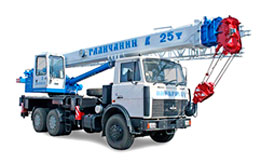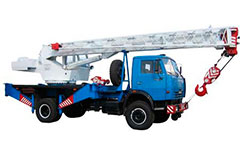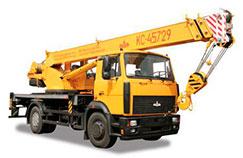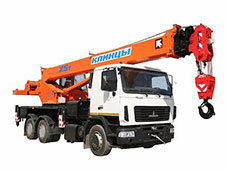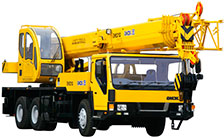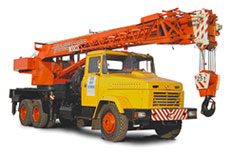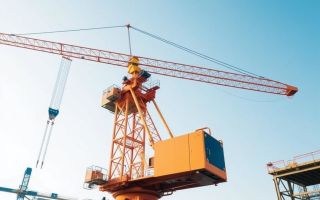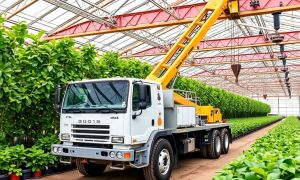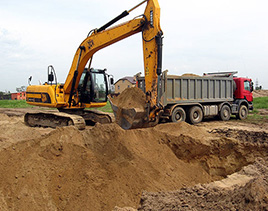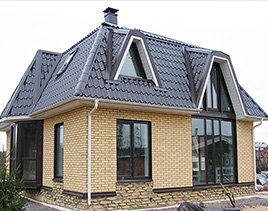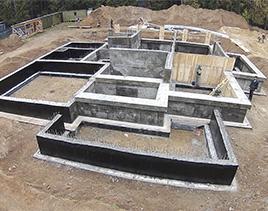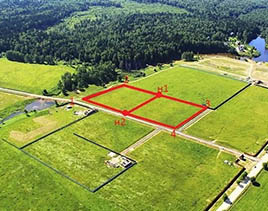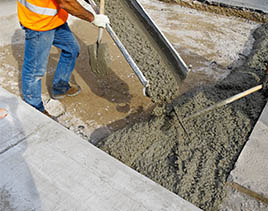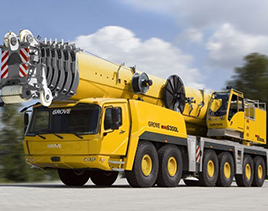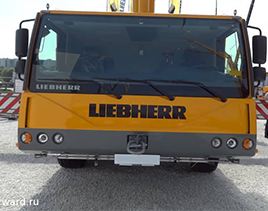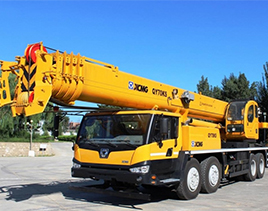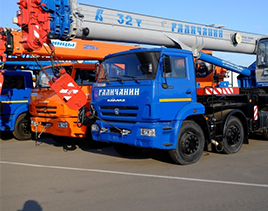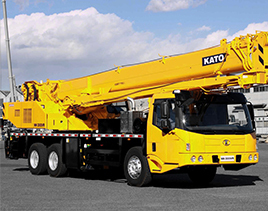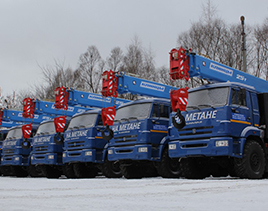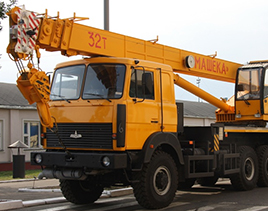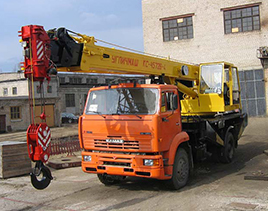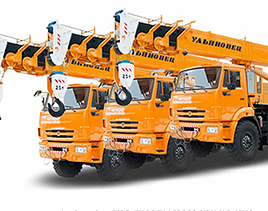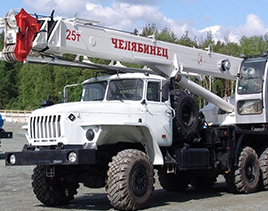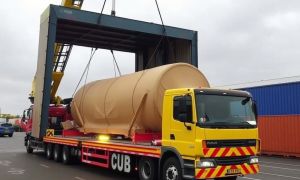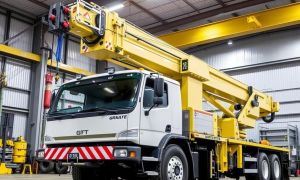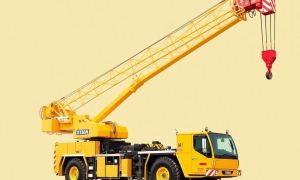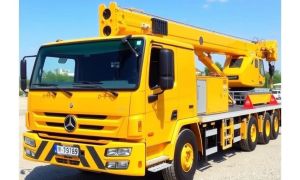Introduction to Automation in the Crane Industry
The crane industry, a cornerstone of construction, logistics, and heavy lifting worldwide, is undergoing a transformation like never before. At the heart of this evolution is automation — a game-changing force that promises to redefine how cranes are operated, maintained, and integrated into complex industrial workflows. Automation is changing the crane industry by enhancing safety, boosting operational efficiency, reducing human error, and opening doors to new business possibilities. For anyone involved in construction, maritime operations, or heavy manufacturing, understanding this shift is crucial.
In this article, we will explore how automation is reshaping every facet of the crane industry, from remote controls and robotics to predictive maintenance and intelligent systems. We’ll unpack the specific technologies driving these changes, examine the benefits and challenges of automation, and look at what the future might hold for this pivotal sector.
What Is Automation in the Crane Industry?
Automation in the crane industry refers to the use of advanced technologies to perform tasks with minimal human intervention. This ranges from semi-automated functions, such as assisted load control, to fully automated cranes that can operate independently through the use of AI, sensors, and networked control systems. Automation helps cranes perform repetitive, precise, or dangerous operations more safely and efficiently.
Traditionally, crane operation has relied heavily on skilled crane operators who manually control movements, monitor conditions, and ensure safety. However, with the introduction of automated systems, many tasks once performed by operators can now be controlled remotely or entirely managed by computer systems. This reduces the risk of accidents and downtime, while increasing the speed and accuracy of crane operations.
Key Technologies Driving Automation in Cranes
Several technological advancements are fueling the rise of automation in the crane industry. These include:
- Sensor Technology: Modern cranes come equipped with sensors that monitor everything from load weight to wind speed, boom angle, and machine health.
- Artificial Intelligence (AI) and Machine Learning: AI algorithms help cranes learn from operational data, optimize movements, and even predict equipment failures before they happen.
- Remote Control and Teleoperation: Operators can control cranes from a safe distance using wireless technology, reducing exposure to hazardous environments.
- Automation Software: Integrated software solutions coordinate crane movements, optimize lift planning, and provide analytics for decision-making.
- Robotics and Actuators: Advanced robotic systems add precision to crane controls, enabling delicate and complex lifts.
Together, these technologies allow cranes to operate smarter, safer, and with greater precision than ever before.
Benefits of Automation in the Crane Industry
Automation is serving as a catalyst for several valuable improvements in crane operations. Let’s explore the primary benefits in detail.
Improved Safety
Safety is the most critical concern in crane operations. Traditional crane work carries inherent risks—operator error, harsh weather, equipment failure, and site hazards can all lead to accidents, sometimes fatal. Automation minimizes human risk by empowering cranes to operate autonomously or under remote supervision, limiting operators’ exposure to dangerous conditions.
For instance, sensors continuously monitor load stability and environmental factors, instantly shutting down operations or alerting operators if conditions become unsafe. Automation also enhances precision in load handling, reducing mishaps caused by sudden swings or miscalculations.
Increased Operational Efficiency
Automation reduces the time cranes spend standing idle or moving inefficiently. Automated systems can calculate the optimal path for lifts, coordinate multiple cranes on the same job, and minimize delays caused by human miscommunication or fatigue. Moreover, operational data gathered through sensors can be analyzed to improve workflows continuously.
Interestingly, automated cranes can operate longer hours without breaks and under more varied conditions, enhancing productivity on large-scale projects with tight deadlines.
Lower Operating Costs
While automation systems require upfront investment, they often lead to cost savings over time. Automated cranes reduce the need for large numbers of highly skilled operators, lower accident-related costs, and decrease equipment wear and tear through optimized movements.
Predictive maintenance enabled by automation also cuts down unexpected downtime, reducing repair costs and extending machinery lifespan.
Consistency and Precision
Automation ensures consistent performance during lift operations. Machine learning algorithms and robotic controls enable cranes to execute complex maneuvers with pinpoint accuracy, which is especially valuable for projects involving delicate materials or jobs in restricted spaces.
Data-Driven Decision Making
The integration of automation and IoT (Internet of Things) technology means cranes now generate vast amounts of data. This data provides real-time insights into performance, environmental conditions, and equipment status. Construction and logistics managers can leverage analytics dashboards to make informed decisions quickly, ensuring projects stay on schedule and within budget.
Types of Automated Cranes
Automation is not a one-size-fits-all solution. The level of automation in cranes varies widely, depending on operational needs and technological maturity.
| Type of Automated Crane | Automation Level | Common Use Cases | Benefits |
|---|---|---|---|
| Semi-Automated Cranes | Partial automation with human oversight | Traditional construction sites, lifting heavy materials | Improved safety, some efficiency boosts, operator assistance |
| Remote-Controlled Cranes | Full manual control from a remote location | Hazardous environments like ports, industrial plants | Operator safety, access to hard-to-reach areas |
| Fully Automated Cranes | Complete automation, autonomous operation | Container terminals, warehouses, manufacturing plants | Maximized efficiency, precise operations, data integration |
Examples of Automated Crane Applications
- Automated Container Gantry Cranes: Common at ports, these cranes move shipping containers autonomously, dramatically speeding up freight loading and unloading.
- Automated Tower Cranes: Use GPS and programmed lift planning for precise loads in urban construction.
- Warehouse Overhead Cranes: Automated to handle repetitive tasks efficiently in material handling centers.
Challenges and Considerations in Automation Adoption
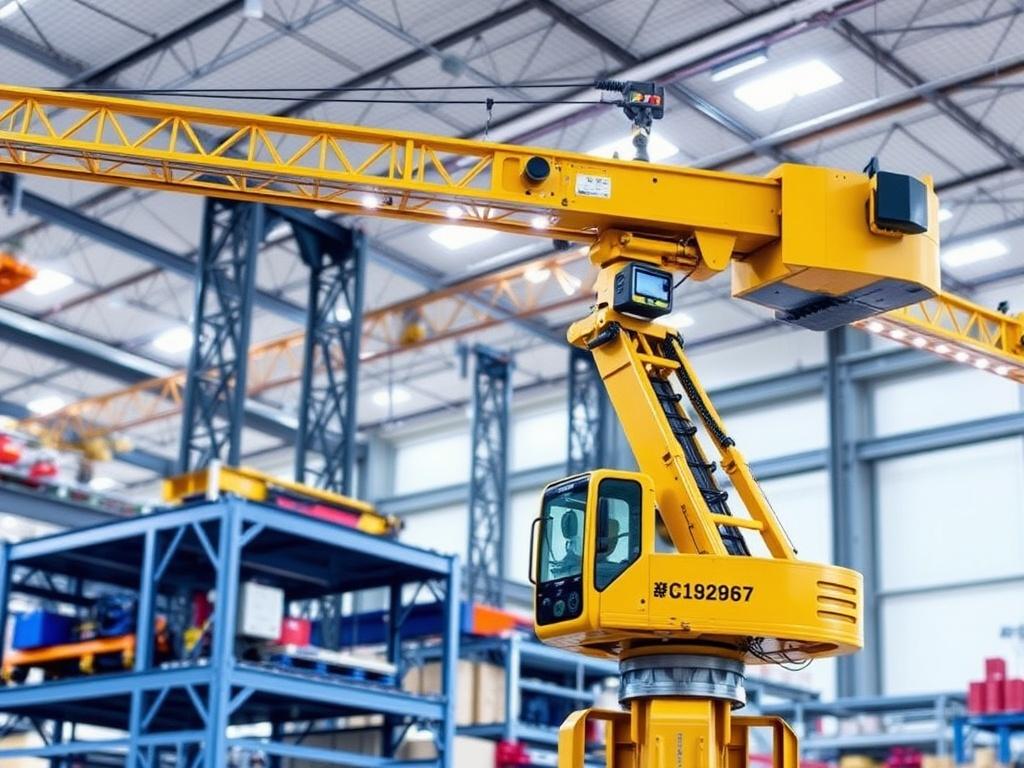
Despite its benefits, automation in the crane industry is not without challenges. Understanding these hurdles helps businesses plan and adapt effectively.
High Initial Investment
Automation equipment and software often require significant capital expenditure upfront. Small and medium-sized companies may find these costs prohibitive, though ongoing advances in technology continue to lower these barriers.
Workforce Impact and Training
Automation changes the nature of crane operator jobs, shifting from manual control to supervisory roles and system management. This requires retraining and reskilling existing employees to handle new technologies, which can be a complex transition.
Technology Integration and Compatibility
Integrating automated cranes with existing construction site systems, project management software, and safety protocols requires specialized expertise and may face compatibility issues.
Reliance on Connectivity and Cybersecurity
Many automated cranes rely on wireless communication and networked controls. Maintaining reliable, secure communications is critical, especially in environments vulnerable to interference or cyber threats.
Regulatory and Safety Standards
Regulations governing automated crane operation are evolving. Staying ahead of compliance requirements, certifications, and safety audits is vital for operators embracing automation.
The Future of Automation in the Crane Industry
The trajectory of automation in the crane industry points toward ever-increasing sophistication. Emerging technologies such as advanced AI models, 5G connectivity, edge computing, and augmented reality will deepen automation capabilities.
Integration With Smart Construction Sites
Cranes will increasingly connect with smart construction ecosystems, where sensors, drones, autonomous vehicles, and IoT devices interoperate seamlessly, creating safer and more efficient work environments.
Collaborative Robotics (Cobots)
Cobots designed to work alongside human operators will enhance manual and automated tasks by combining human judgment with robotic precision.
Enhanced Predictive Maintenance
Deep learning models will predict equipment failures with near-perfect accuracy, scheduling maintenance preemptively and virtually eliminating breakdowns.
Environmental Sustainability
Automation will also contribute to greener crane operations by optimizing energy use, reducing emissions, and enabling more precise material handling that minimizes waste.
Industry 4.0 and Digital Twins
Digital twin technology — virtual replicas of physical cranes — will permit real-time simulation and testing of crane systems, enhancing design, diagnostics, and operational planning.
Summary of Automation Benefits and Challenges

| Aspect | Benefits | Challenges |
|---|---|---|
| Safety | Reduces accidents and exposure to hazards | Requires compliance with changing regulations |
| Efficiency | Faster, more precise lift operations | High upfront investment and maintenance |
| Workforce | Reduces operator fatigue and errors | Need for retraining and adapting workforce |
| Operational Costs | Lower downtime and maintenance costs | Technology integration complexity |
| Data & Analytics | Supports data-driven decision making | Dependence on reliable connectivity |
Conclusion
Automation is fundamentally changing the crane industry, reshaping the way lifting operations are conducted with profound impacts on safety, efficiency, and project management. From semi-automated assistive functions to fully autonomous crane systems, the infusion of cutting-edge technologies is not only making crane operations more effective but also safer and more sustainable. Although the adoption of automation presents challenges—such as upfront costs, workforce adaptation, and system integration—its long-term benefits clearly outweigh these hurdles. Companies that embrace automation in the crane industry will find themselves better equipped to meet the demands of modern construction and logistics, staying competitive in an increasingly complex and connected world. As we look to the future, the continuing evolution of AI, robotics, and smart systems promises to unlock new levels of innovation, efficiency, and safety, heralding a new era for the crane industry.

